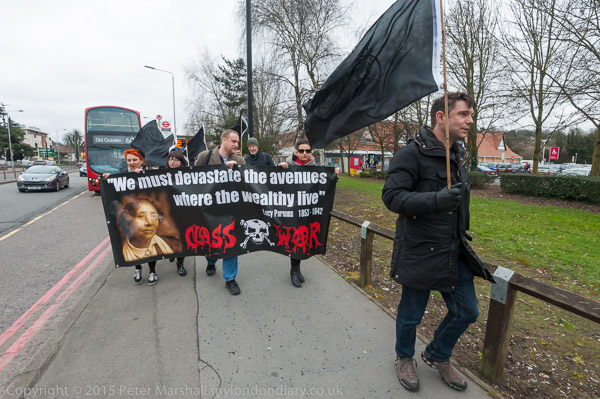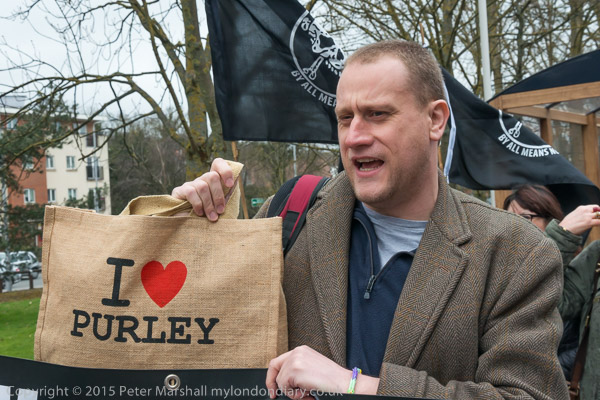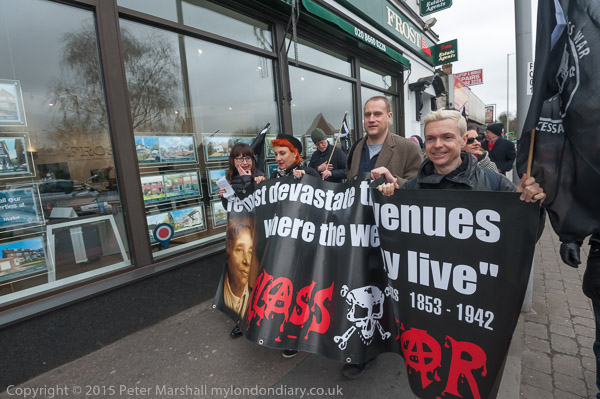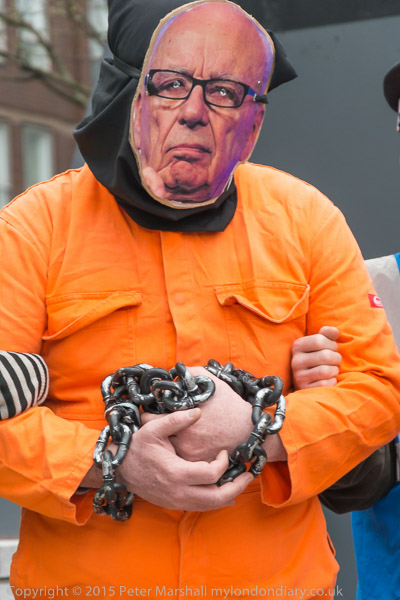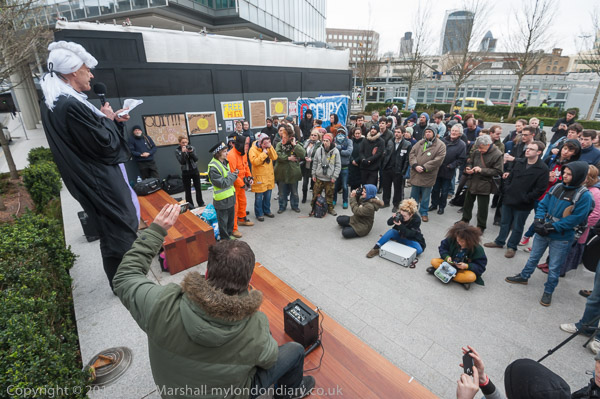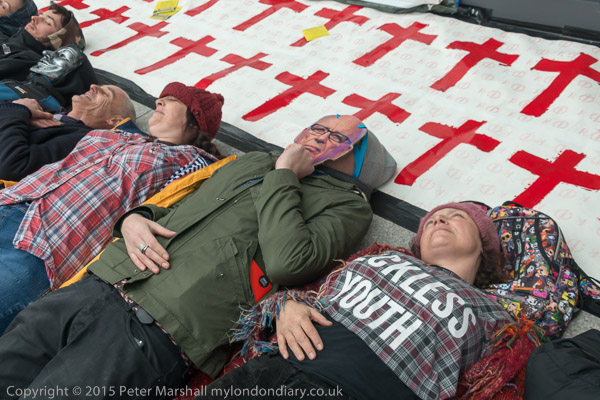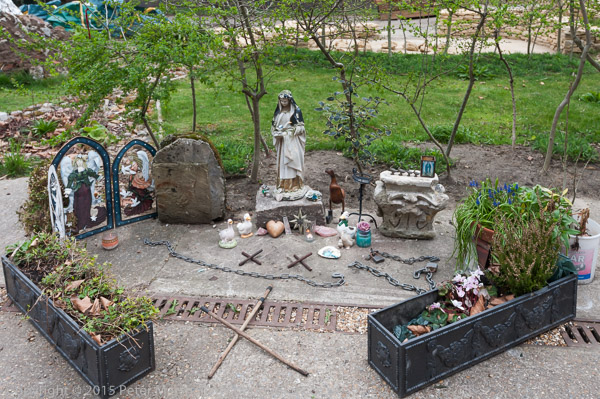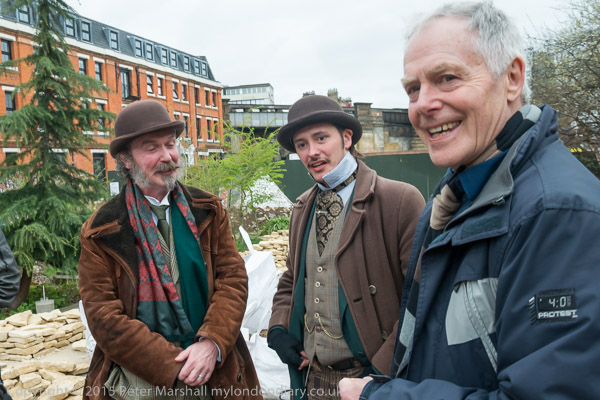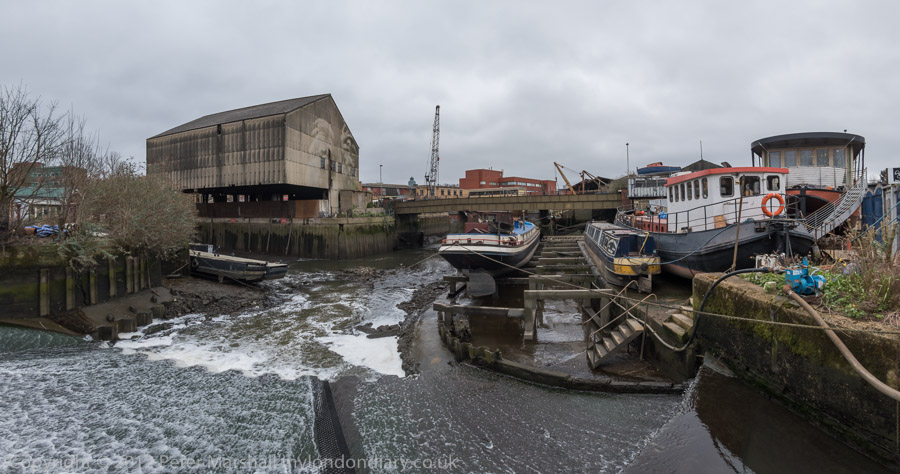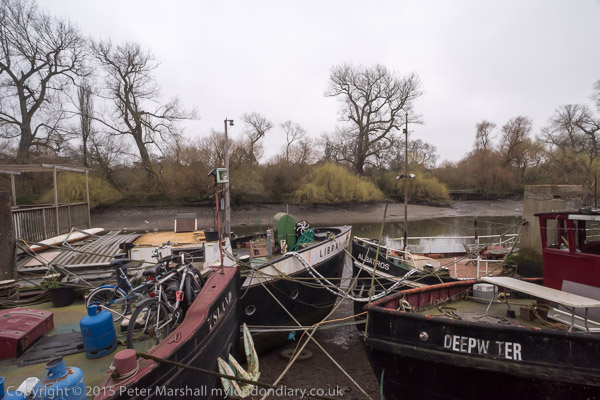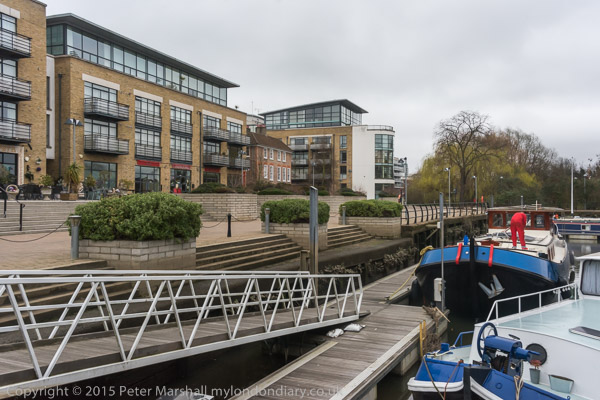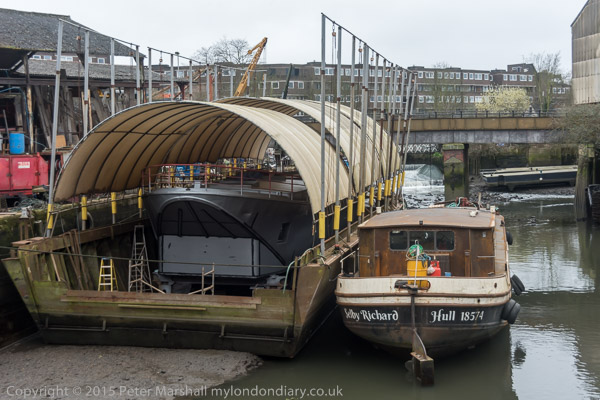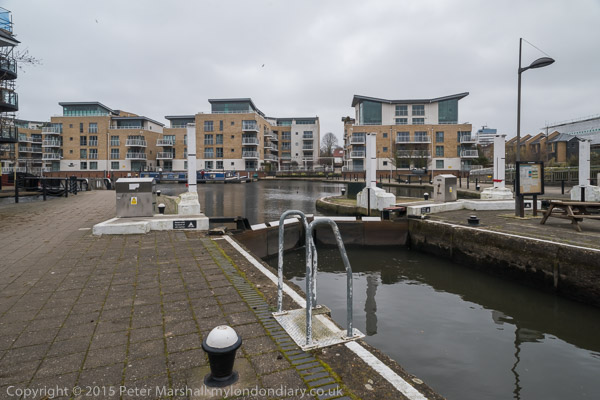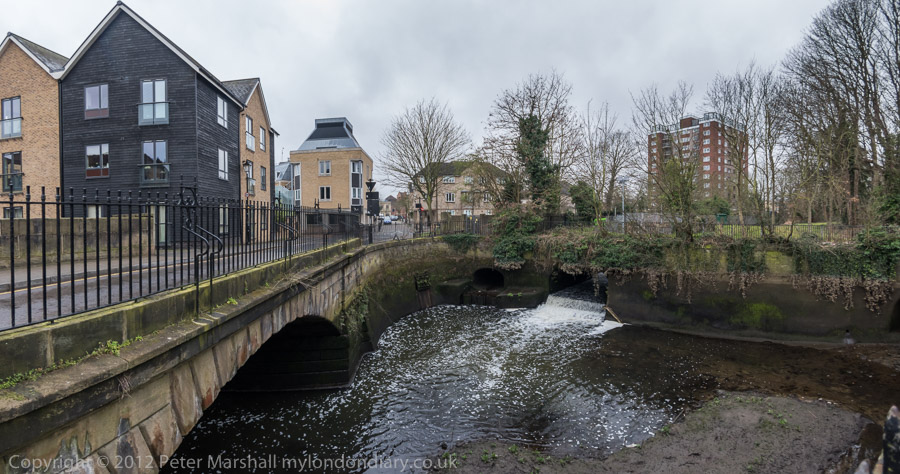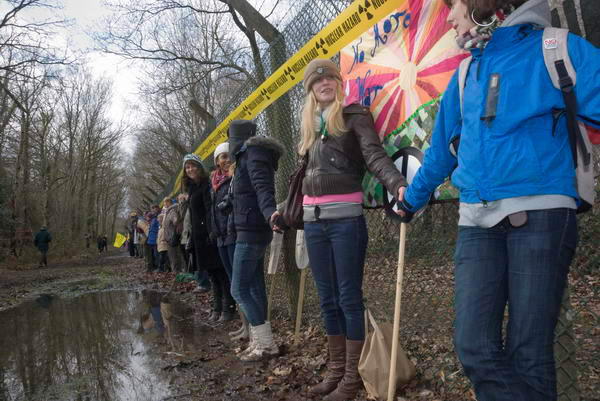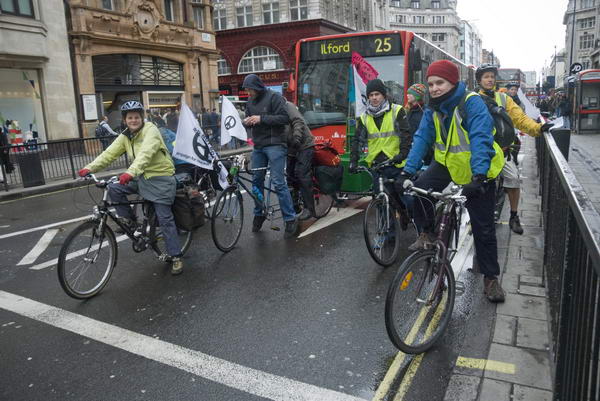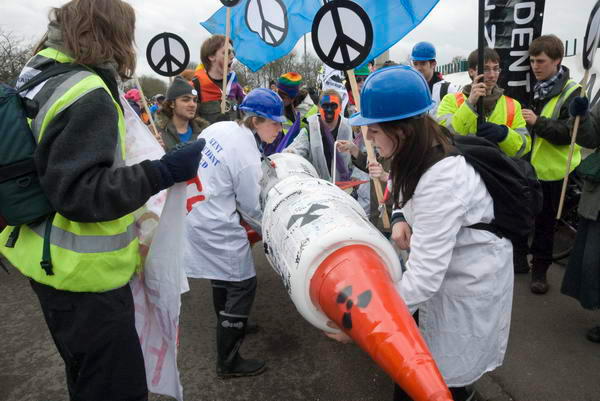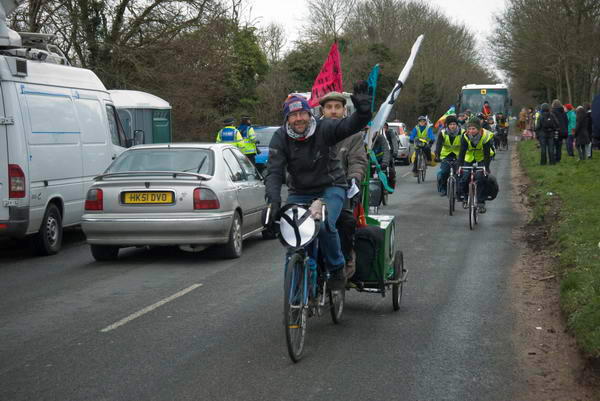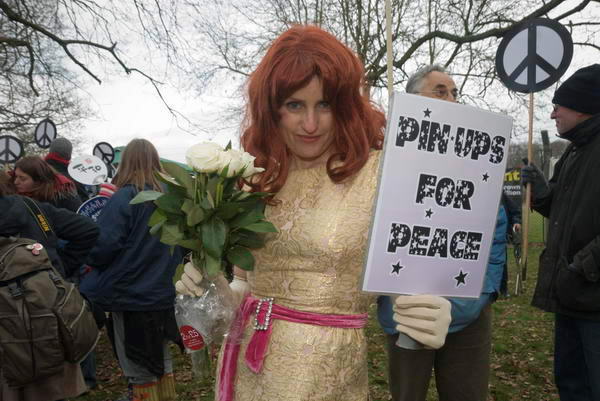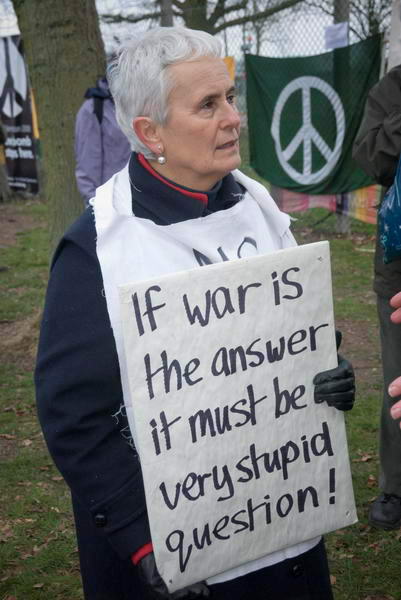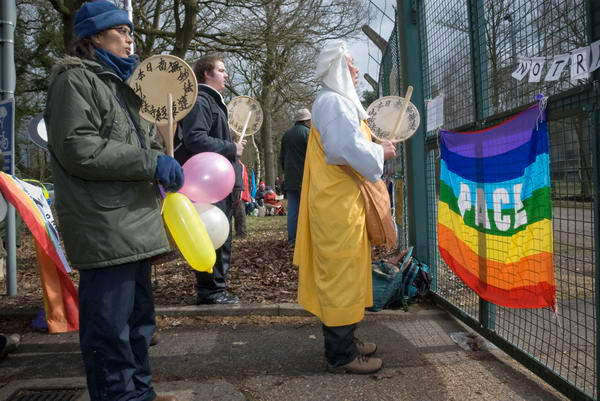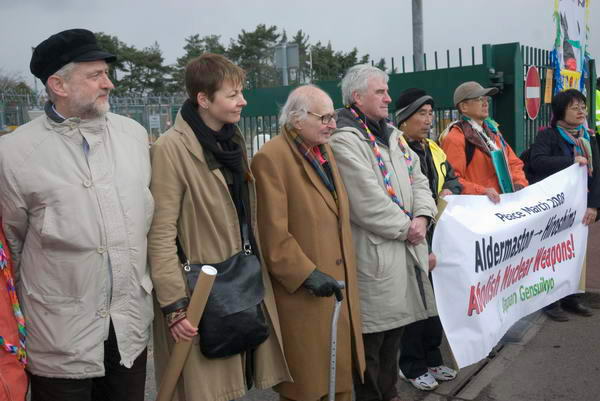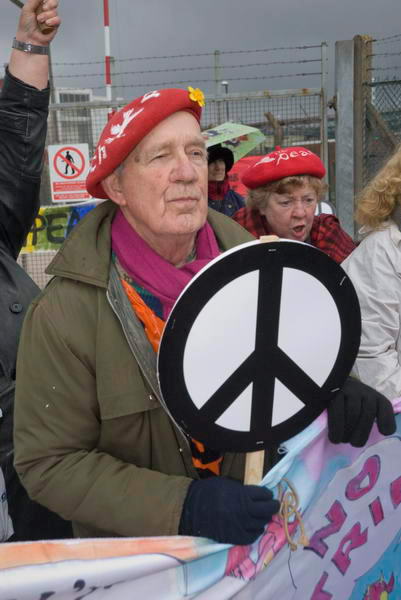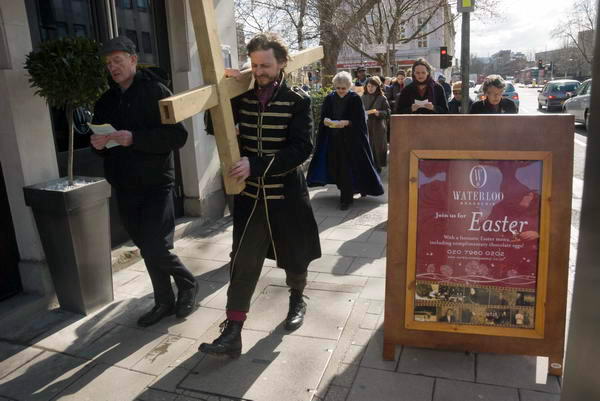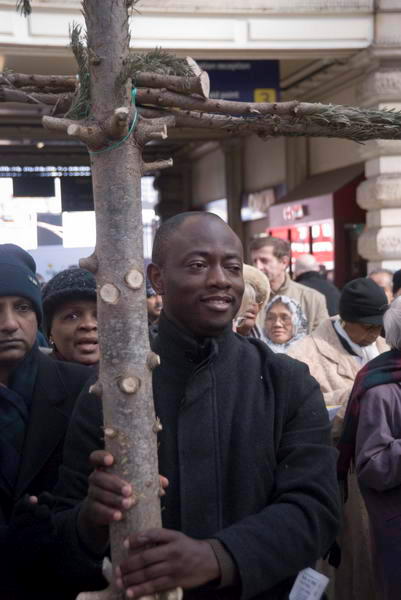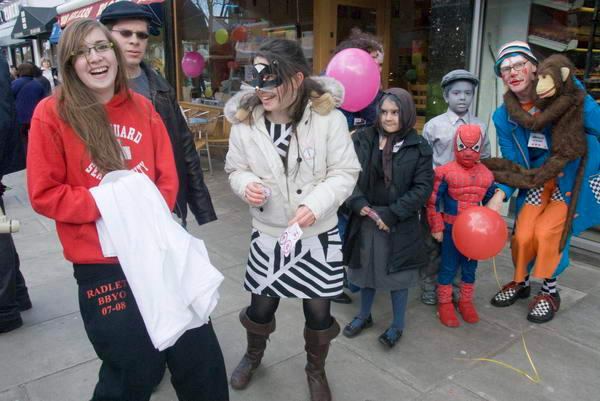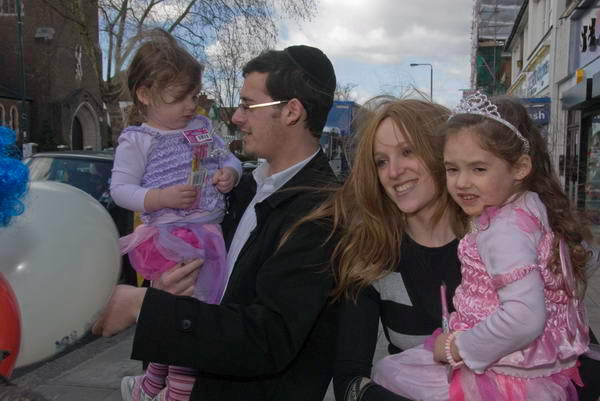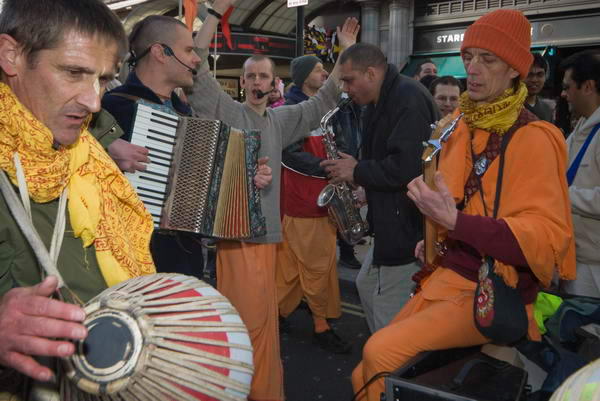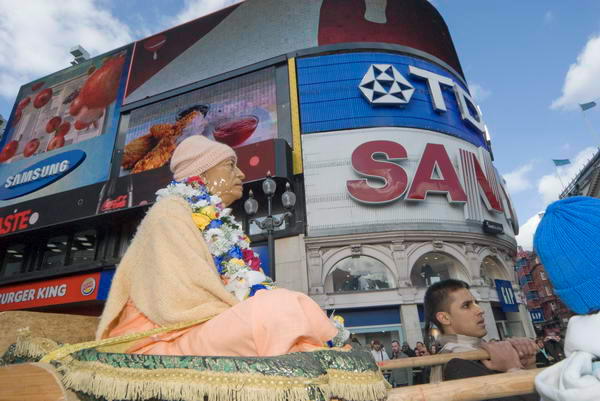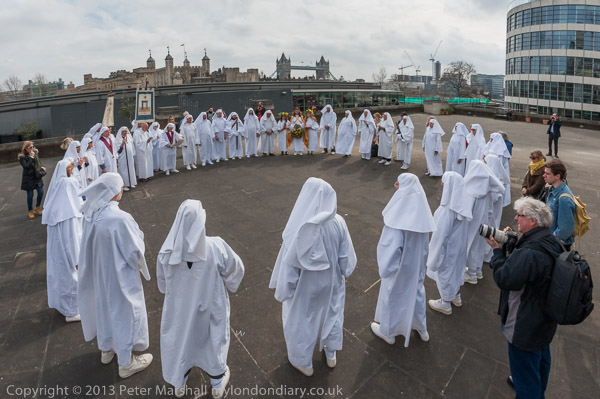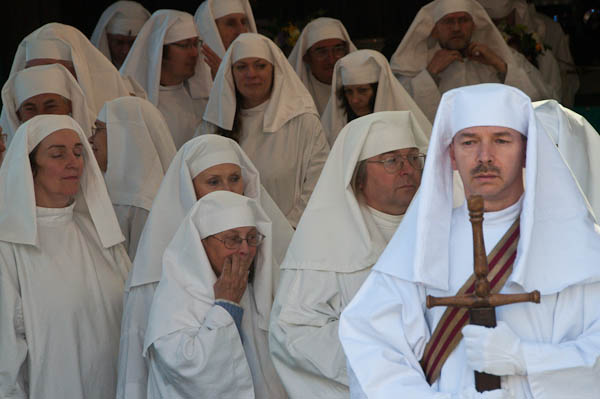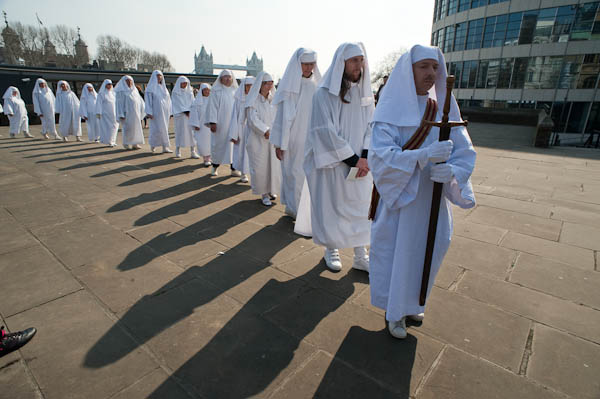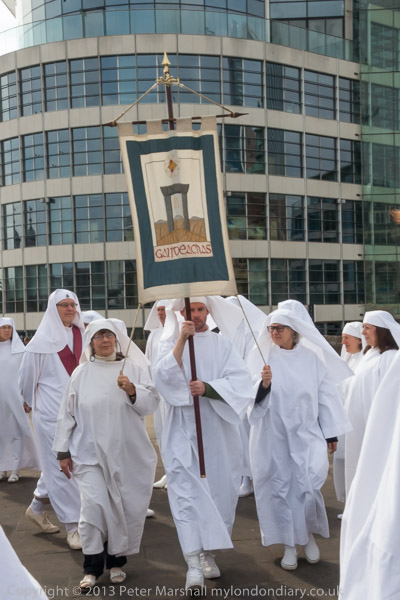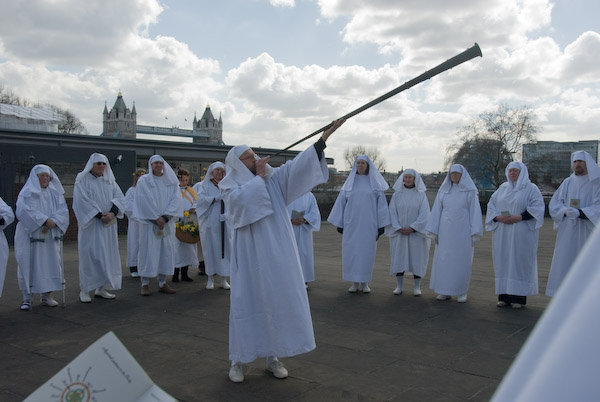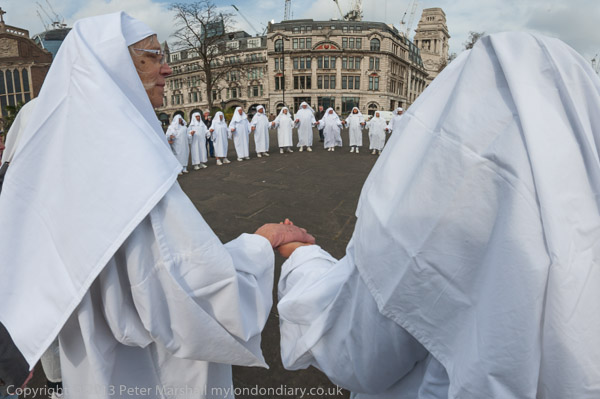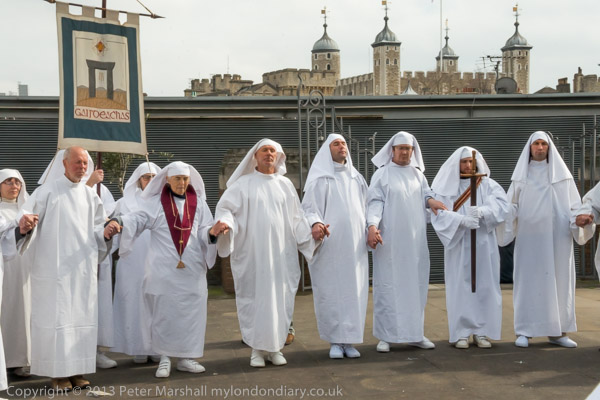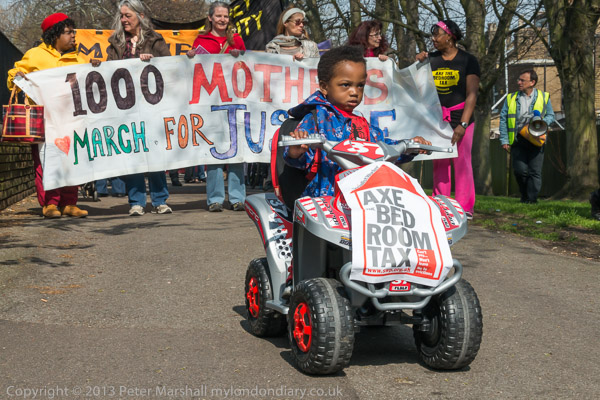
My work on Saturday 29th March 2019 began in north London at Bruce Castle Park in Tottenham, where the indefatigable Rev Paul Nicolson of Taxpayers Against Poverty had organised a march demanding living incomes and decent truly affordable homes, calling for an end to the bedroom tax, the housing benefit cap, unfair taxes, hunger and cold homes.
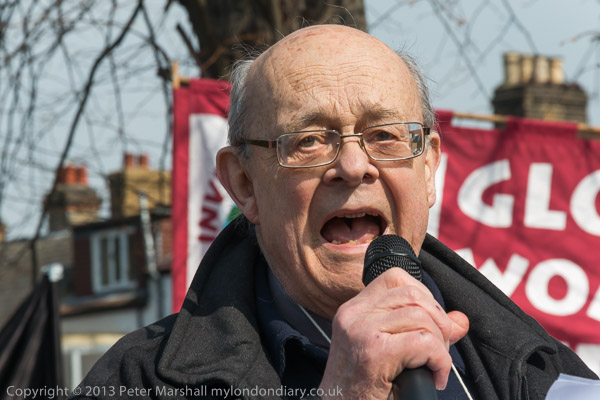
The Reverend Paul Nicolson who died peacefully on Thursday 5th March 2020 aged 87 had long campaigned on these issues, and had commissioned the work on poverty that helped groups such as London Citizens and Unison to persuade the Mayor of London Ken Livingstone to introduce the London Living Wage.

His Christian principles led Nicolson to found the Zacchaeus Trust, an anti-poverty charity providing frontline services on Social Security benefits, housing and homelessness as well as the campaigning organisation TAP, and he supported and spoke at many protests calling for justice for disabled and others on low wages and often inadequate benefits.
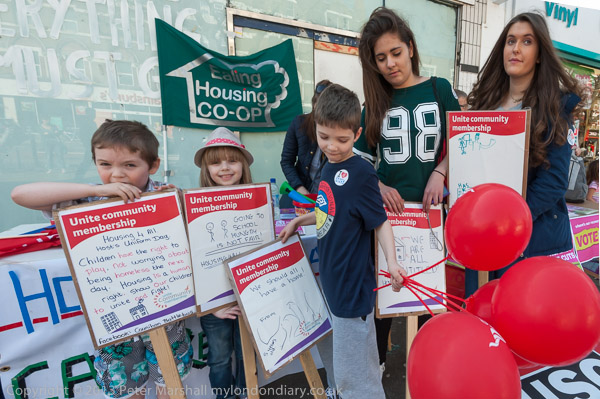
I left the march as it passed Tottenham Police Station on its way to a rally at Tottenham Green to make my way to Kilburn, where the Counihan Battlebus Housing For All campaign, along with the TUSC Against Cuts and Unite Community were holding a protest in Kilburn Square over child hunger and housing problems, calling for rents to be capped and for everyone to have a home.
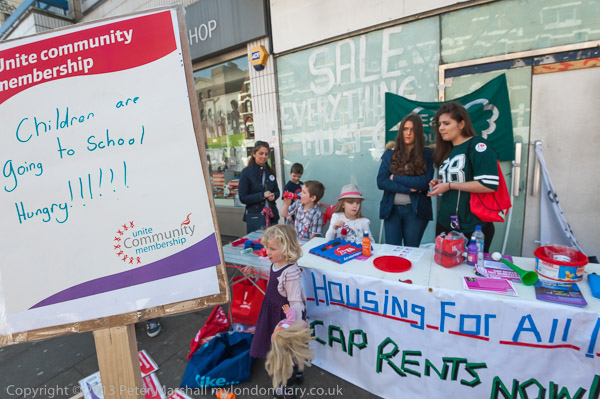
Children played a large part in the protest and were having fun, but also making a serious point, with placards “Going to school hungry is not fair!” As I pointed out in my rather long article on the protest:
Children going to school hungry is a direct result of government policy and its inhumane (they call it ‘tough’ to make it sound positive) sanctions policy. What we need is not this kind of vindictive approach but more jobs and an end to poverty wages. And it would be far more productive to attack the huge sums involved in tax evasion and tightening up the rules on tax avoidance than the relatively small amounts of benefit fraud or the largely mythical workshy.
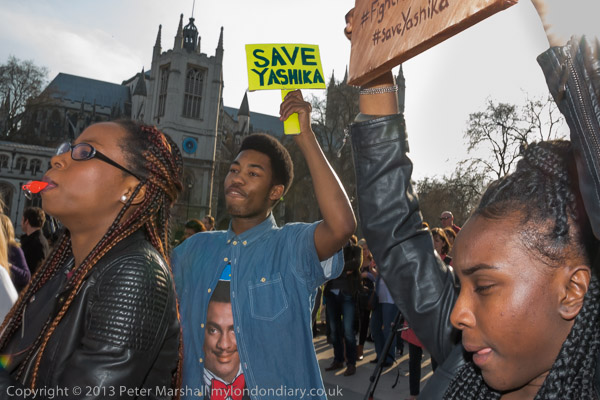
The journey from Kilburn to Parliament Square was fortunately a simple one on the tube and I arrived as students and staff from Oasis Academy Hadley came from Enfield to protest against the planned deportation of one of their students, 19-year-old Yashika Bageerathi. She had come to the UK with her family in 2011 to escape a dangerous situation in Mauritius and was in the final year of her A level course, in which she was expected to get high grades.
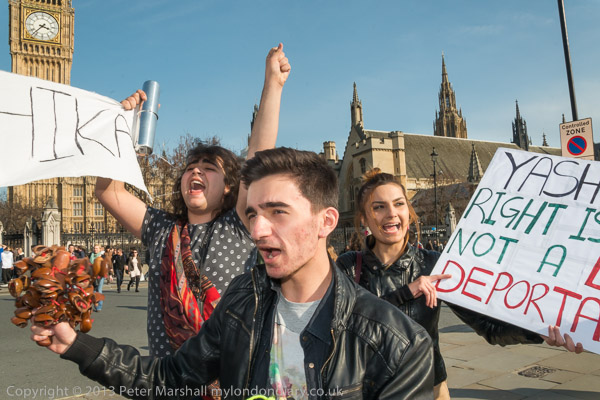
The Home Office decided that since she was 19 she could be deported without her family, and had already detained her in Yarl’s Wood ten days earlier. Two deportation attempts failed when both British Airways and Air Mauritius refused to fly her to Mauritius, possibly because of the huge public campaign to allow her to stay and complete her exams.
It was impossible to see why Home Office minister Theresa May was so keen on this deportation – other than wanting to seem to have a tough policy on immigration, and as I wrote, morally their position seemed indefensible. But deport her they finally did.
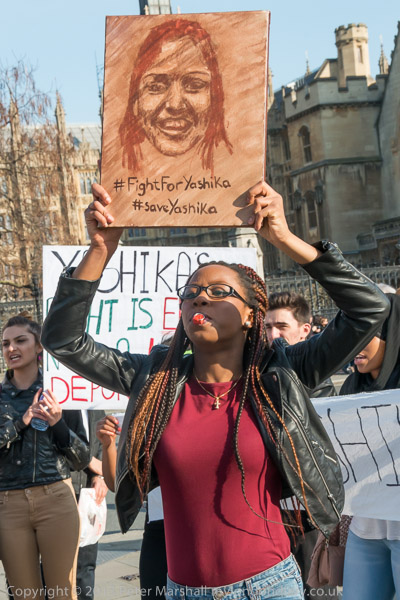
Despite spells in Yarl’s Wood which disrupted here education and the deportation which took place six weeks before her A Level exams, she was able to take the exams and passed with straight A grades. She then issued a statement thanking everyone – both in the UK and on her return in Mauritius for their support, and clearly stating “I have no desire for a life in the public eye any longer” and that she wished to begin a new chapter in her life.
More at:
Fellow Students Fight for Yashika
Kilburn Uniform Day
Mothers march for justice
